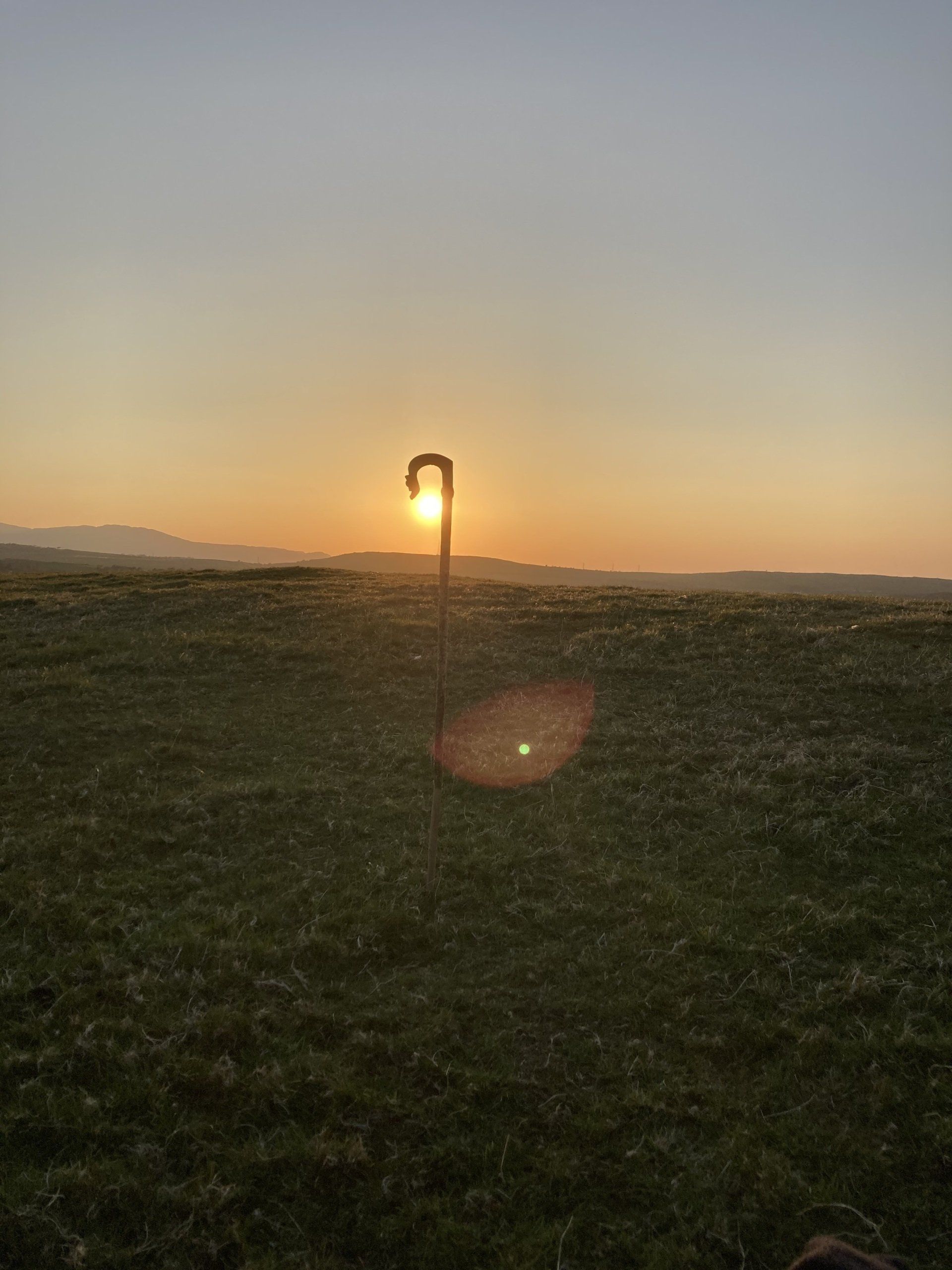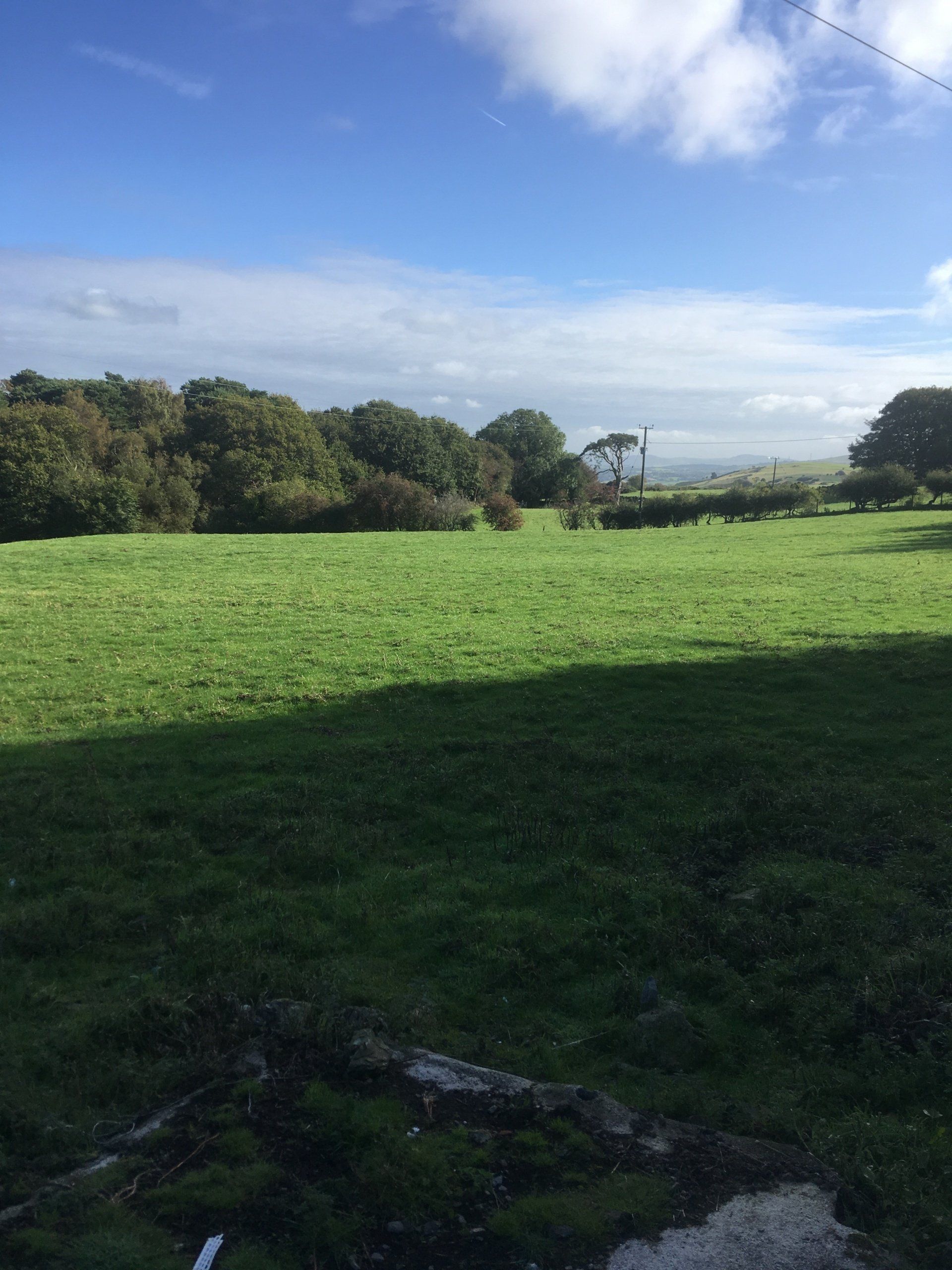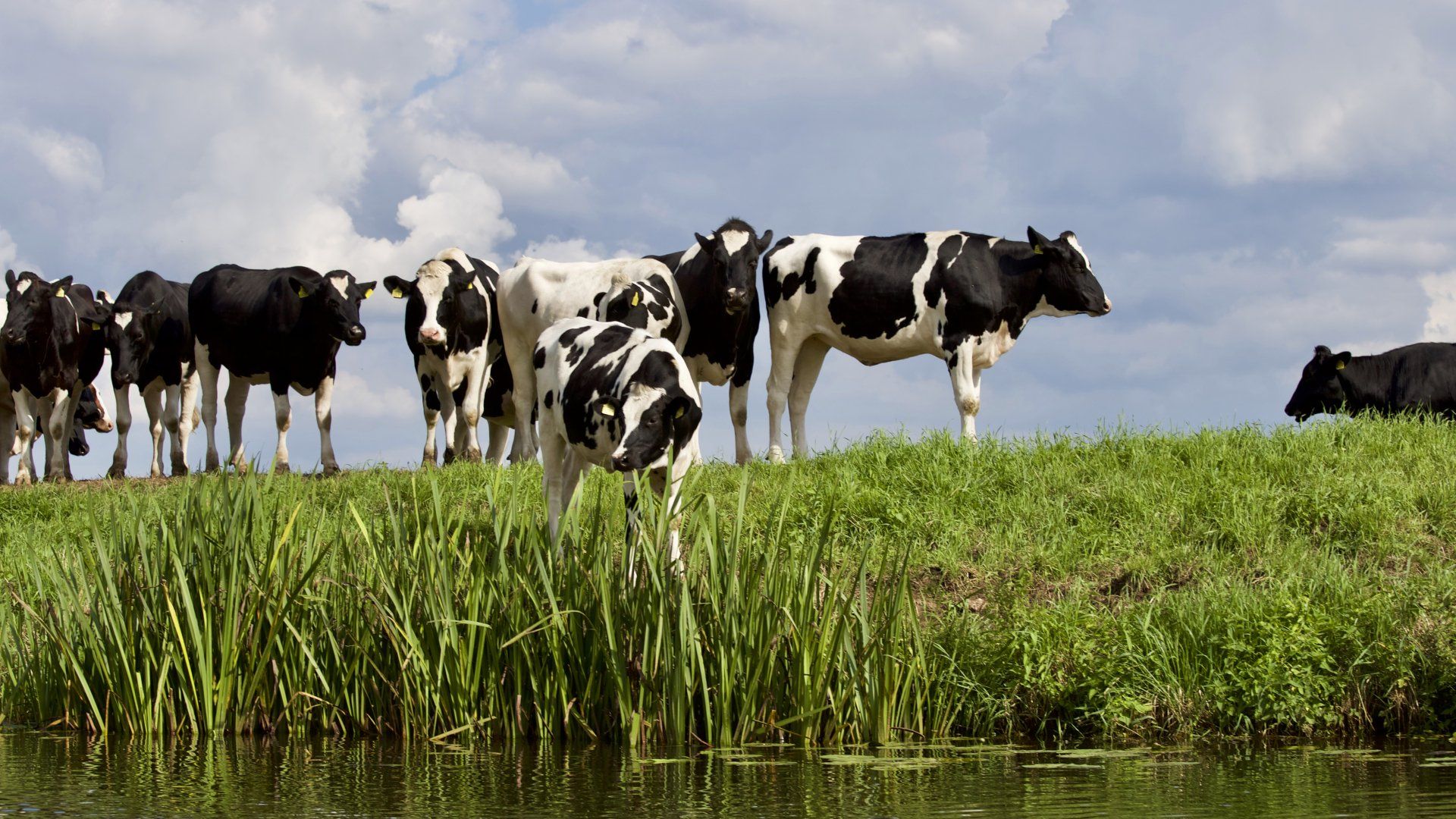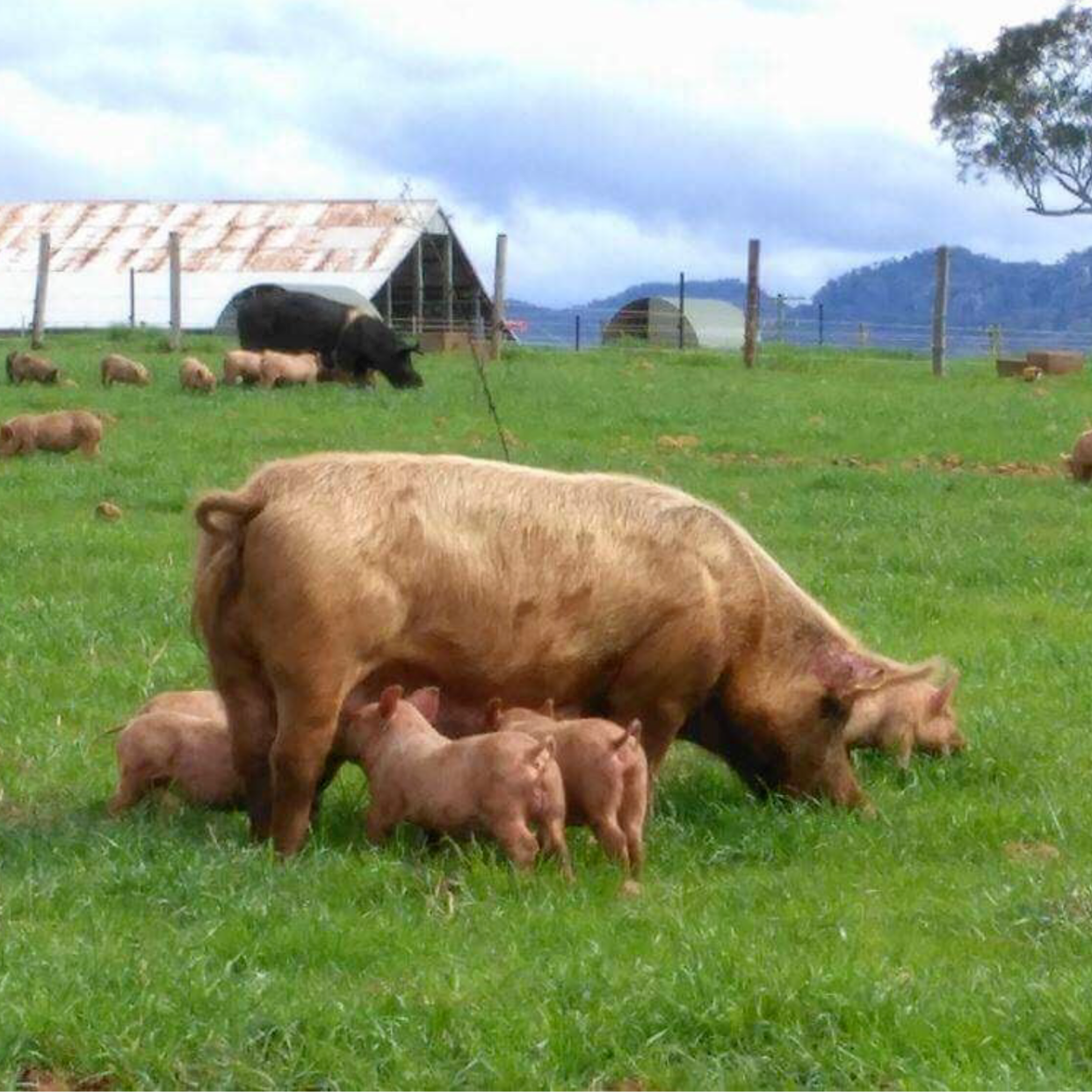About Us
We would like to invite you to the second running of Da Byw, a conference day aimed at Welsh Livestock Farmers and the Policy makers at the heart of Welsh Government. Followed by a morning's farm walk on the Saturday to show how we here at Coed Coch have started on our Regen journey.
With Brexit now completed and subsidies and markets needing to evolve, it’s the perfect opportunity for Welsh farming to lead the world and power on into the future.
It is an accepted fact that, second to the oceans, the world’s soils are the largest global carbon sink.
Since close to 90% of land in Wales being used for agriculture, Welsh farmers have a key role in national carbon capture, especially if the Government wishes to honour its commitment of achieving net zero emissions by 2050.
It is essential farming becomes part of the solution. If farmers are forced off the land (because….) we will be without the people we need most to tackle the ecological and climate crisis we face.
Sustainable Farming System
- Disturb the soil as little as possible - soil supports a complex network of wormholes, fungal hyphae and a labyrinth of microscopic air pockets surrounded by aggregates of soil particles. Deep ploughing smashes these spaces and reduces the soil’s ability to hold water when it rains. Heavy doses of wormers, fertilisers and sprays stop the healthy development of fungi and worms essential for good soil biology
- Keep the soil surface covered - rain causes soil erosion and runoff. Sun causes drought, and frost will kill off essential microbes. A covering of grass or crop will protect the soil like a kind of armour.
- Keep living roots in the soil - the exudes from living roots in the soil are vital for feeding the creatures at the base of the soil food web; the bacteria and fungi that provide for the Protozoa, Arthropods, worms and bugs keep the soil living and healthy. These exudes from the roots also feed the mycorrhizal fungi which in turn fertilise and nourish, providing a kind of super highway below ground, delivering and exchanging nutrients from plant to plant.
- Encourage diversity - monocultures do not happen in nature. Grasslands are made up of spikey swards and broadleaf ones, wild flowers and legumes. It’s all about maximising photosynthesis. Different plants will be more efficient under different circumstances. Some are particularly efficient at capturing carbon, some nitrogen, others are good for water retention and some more resilient to extremes in weather. Some are very sweet, good for bees and pollinating insects, some provide shade. Some seeds or berries for birds, who in turn scatter them for germination. Healthy soils thrive on a diverse diet.
- Practice rotational grazing - Soil is made up from carbon, therefore the level of organic matter within soil is a reliable reflection of the carbon captured from the atmosphere. Grazing livestock have a key role in improving soil health and sequestering carbon. Set stocking livestock on parcels of land for long periods reduces the soils carbon capturing potential. Rotational grazing, which is the practice of regularly moving livestock to fresh pasture promotes the build up of organic matter. Allowing a long rest period for pasture once it has been grazed allows for taller grass plants and subsequently deeper roots. Deep root system promotes biological interactions in the soil and builds soil organic matter. A high concentration of livestock grazing an area at one time fertilises the soil naturally and the trampling effect allows for plant material to be integrated into the soil which also has the same beneficial impact on soil organic matter levels.
Government incentivises
So, if the Government incentivises the application of sustainable farm management practices they could go a long way towards their goal. The first hurdle for farmers is the collection and tabling of quality, precise data for carbon capture. If you can’t measure it, you can’t manage it. There are enumerable and conflicting methods out there that can be difficult to get a handle on. A universal accredited method would be helpful, taking into account both sequestration and emissions on each farm. This would encourage the increase of carbon sequestration to work alongside farming systems and food production. It would promote the protection of existing habitats and demonstrate the benefits of encouraging new ones.
Another problem facing farming communities is the schemes introduced to offset emissions.
While these schemes can be important tools in tackling climate change they can also be detrimental to genuine regeneration and soil health. While off-setting emissions can have its place in bringing investment to the countryside, it is in danger of promoting a ‘licence to pollute’. We cannot off-set our way to net zero. It is no secret that here in Wales entire farms are being purchased by multi-national companies to off-set their own emissions. In some cases, even inappropriately planting up this land to profit from government handouts.
Not only can this distort the figures for carbon sequestration, anything that displaces farmers, rural communities and land managers will only further exacerbate this climate and nature crisis. It is the farmers who are best at understanding and working the land that has been in their care for generations, and with the right help and support, it is farmers that are best equipped to mend our present environmental problems. It is vital they are looked after and encouraged to stay on the land. The nation’s emission reduction targets must not be unfairly or disproportionately placed on land suited for carbon sequestration to the detriment of agriculture, food production, family farms or rural communities. Well farmed land, managed by enlightened farmers will go a long way to achieving net zero emissions as well as providing healthy, diverse habitats for wildlife.
The final discussions at Da Byw will be on the nutritional benefits of pasture-fed livestock. It has been proven that if the soil is healthy and nutrient-rich, the grass the animals feed on will be healthy and nutrient-rich as well. This will result in produce, be it dairy or meat, that is far better to eat. Not only will it be tastier, but it will also be far higher in trace elements, healthy fats, vitamins and ‘good bacteria’. It will also be devoid of antibiotics and growth hormones, with no pesticides and herbicides necessary in production. In short - a win/win.
So, at Da Byw we plan to divide the day into 3 main parts. The morning will be all about the science and benefits of good soil biology. How to measure carbon sequestration and how carbon auditing can help towards net-zero emissions. Then lunch with local pasture-fed meat and discussions on the nutritional benefits. The afternoon will be the turn of those people already practising regenerative/sustainable/carbon farming methods followed by a panel comprising of scientists, practitioners, policymakers, wildlife experts and environmentalists to answer any questions our delegates might wish to ask.








